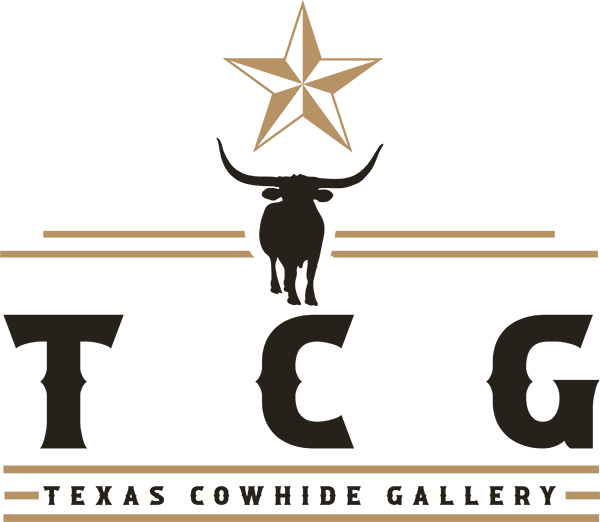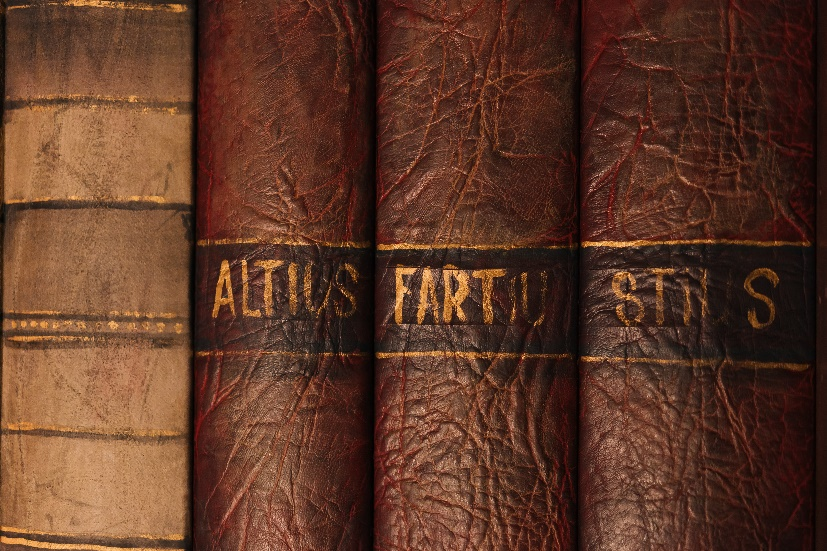From ancient civilizations to the modern-day, leather has played a significant role in human culture, fashion, and economics. By delving into the history of the leather industry and examining its present state, we aim to gain a comprehensive understanding of this versatile material and its industry.
Leather holds a timeless allure, embodying both durability and elegance. For thousands of years, it has been crafted into essential items like clothing, footwear, and accessories, providing protection and style to people across the globe. However, the story of leather goes far beyond its practicality—it intertwines with human craftsmanship and the development of civilizations.
This blog will explore the history of the leather industry and its ancient roots, tracing its transformation through pivotal periods such as the Renaissance and the Industrial Revolution. We will explore how technology, innovation, and changing societal dynamics have shaped the leather industry into what it is today.
Additionally, we will examine the contemporary challenges and concerns faced by the leather industry. As environmental consciousness grows and ethical considerations come to the forefront, we will explore the efforts made toward sustainability, alternative materials, and responsible practices within the industry.
The History Of Leather
The use of leather can be traced back to prehistoric times when early humans discovered animal hides' durability and versatility. The following sections will take a trip down memory lane of the leather industry.
The Prehistoric Times
While the exact origins of leather production are challenging to determine due to the perishable nature of organic materials, archaeological evidence suggests that animal hides for clothing, shelter, and other purposes dates back tens of thousands of years.
In prehistoric times, humans were primarily hunters and gatherers, relying on the natural resources around them for survival. Animal hides served as vital material for early humans, protecting them from the elements and predators. Early humans would have used simple tools, such as sharpened stones or bones, to scrape off the hair and flesh from the hides to make natural calf hide rugs. The process of preparing hides for use involved removing any excess fat, flesh, and hair and then stretching and drying the hides to prevent decay.

Ancient humans would have discovered that treating hides with certain substances, such as animal brains, fats, or oils, could make them more water-resistant and less prone to decomposition. This early form of tanning, known as "brain tanning," allowed hides to become more durable and usable for a range of purposes.
Over time, early humans refined their tanning techniques by utilizing natural tannins found in plants. They started soaking the hides in solutions made from bark, leaves, or fruits of certain trees to improve their strength, flexibility, and resistance to decay. This process, known as "vegetable tanning," became a significant development in leather production and is still practiced today.
During Renaissance
During the Renaissance, which spanned from the 14th to the 17th century, Europe experienced a cultural and artistic rebirth, resulting in advancements in various industries, including leatherworking. The Renaissance is significant in the history of the leather industry, bringing about changes in production techniques, designs, and the overall perception of leather as a luxurious material.
These centuries witnessed the establishment of specialized workshops dedicated to leatherworking. Artisans during the Renaissance era developed innovative techniques and tools that revolutionized the production of leather goods. Leatherworking tools, such as knives, punches, and stamps, became more refined and specialized, enabling craftsmen to create intricate designs and achieve higher levels of precision. The use of mechanical devices, such as presses, also facilitated mass production and improved efficiency.
Techniques like stamping, gilding, and tooling were employed to create ornate patterns, images, and motifs on leather products. These embellishments added a touch of elegance and sophistication to leather items, making them highly sought after.

The Renaissance also marked a shift in the perception of leather from a practical material to a symbol of luxury and social status. This was the time in the history of the leather industry when leather was used to create lavish garments, accessories, and upholstery for furniture, reflecting the opulence and grandeur of the Renaissance period.
The Industrial Revolution
The Industrial Revolution brought about significant technological advancements that transformed the leather industry. Steam-powered machinery replaced manual labor, enabling mass production and increasing efficiency.
The growing population in cities and towns required shoes, clothing, and accessories made from leather. This surge in demand led to the expansion of tanneries and the establishment of leather manufacturing centers in industrialized regions. This era in the history of the leather industry was marked by high demand that was met with technological advancements.
One of the most significant developments during this era was the introduction of chemical tanning processes. Chrome tanning gained popularity due to its efficiency and shorter tanning time compared to traditional vegetable tanning methods. This innovation revolutionized the industry by allowing for faster production and creating softer and more supple leather.

Advancements in transportation infrastructure, such as the construction of canals and railways, facilitated the movement of raw materials and finished leather products, such as calf skin or natural cowhide rugs, across regions and continents. Improved transportation networks enabled tanneries to access larger markets, export their products, and import raw materials, contributing to the growth of the global leather industry. Leather was no longer just a luxury.
Contemporary Times
The long history of the leather industry has brought it to its modern status, which is a global and multifaceted sector with diverse characteristics. Countries like China, Brazil, India, Italy, and the United States are major players in leather production. The industry is driven by consumer demand for leather goods, including footwear, apparel, furniture, automotive interiors, and luxury accessories.
The leather industry has embraced technological advancements and modern manufacturing techniques. Tanneries now employ automated processes, computer-aided design (CAD), and advanced machinery for cutting, sewing, and finishing leather products. This integration of technology has improved efficiency, quality, and production capacity.
The supply chain includes cattle ranching, slaughterhouses, and hide processing facilities. Additionally, there are specialized suppliers for tanning chemicals, dyes, and finishing materials.

The leather industry continues to thrive through innovation in design, craftsmanship, and product development. Contemporary cowhide rugs and genuine calf hide products have broken into luxury fashion. High-end brands emphasize high-quality materials and artisanal techniques, while fast-fashion brands offer affordable leather goods to a wider consumer base. Collaboration with designers, fashion houses, and technology companies has brought new and innovative products.
Leather As A Status Symbol Throughout History
Throughout the history of the leather industry, the material has signified social status, wealth, and luxury. From ancient civilizations to the modern era, its durability, craftsmanship, and association with rarity have made it an enduring symbol of prestige and power. While its significance may have evolved, leather's status as a coveted material resonates in contemporary society.
In ancient civilizations such as Egypt, Greece, and Rome, leather was a prized material reserved for the elite. It was used to create luxurious garments, accessories, and armor worn by nobles, military commanders, and royalty. The brindle-edged cowhide rug is heavily influenced by these times. The craftsmanship and quality of leather goods demonstrated the wealth and social status of the wearer.

During the medieval and Renaissance periods, leather continued to be associated with status and affluence. It was prominently used in the clothing and accessories of the upper classes, including nobility and aristocracy. Intricately tooled and embellished leather garments, such as jerkins and doublets, showcased the wearer's wealth and fashion sense.
In modern times, leather continues to hold a position of prestige and exclusivity in the fashion industry. Luxury brands use high-quality leather for their products, including designer handbags, shoes, and accessories.
Sustainability Concerns In The Leather Industry Today
The history of the leather industry stands at a crossroads in the modern landscape. Increasing environmental awareness is prompting the leather industry to adopt more sustainable practices. Efforts are being made to reduce the environmental impact of leather production through water treatment and waste management systems. Certifications like the Leather Working Group (LWG) provide guidelines for environmentally responsible and socially ethical practices.
The following sections discuss the sustainability concerns the leather industry faces today.
Environmental Impact And Carbon Footprint
One of the primary concerns is the pollution caused by tanneries. The tanning process involves the use of chemicals, such as chromium salts, which can contaminate water sources if not properly treated. Additionally, the large amounts of water consumed in the tanning process contribute to water scarcity in certain regions. Furthermore, the demand for raw materials fuels deforestation in regions where cattle ranching contributes to land clearing.
The leather industry contributes to greenhouse gas emissions, primarily through deforestation, transportation of raw materials, and energy-intensive manufacturing processes. The carbon footprint associated with the leather industry is a concern in the context of climate change and the need to reduce overall emissions.
Animal Welfare and Ethical Considerations

The leather industry is inherently connected to animal agriculture. Concerns about the treatment of animals raised for their hides have led to ethical considerations. The use of animals in the production process raises questions about humane practices, the living conditions of animals, and the sourcing of hides from endangered or illegally traded species.
Toward Sustainability
Today, the leather industry is working towards sustainability through various strategies and practices.
Ethical Sourcing
Artisans are partaking in responsible and sustainable sourcing of raw materials. This involves supporting cattle ranching practices that prioritize animal welfare, land conservation, and reduced deforestation. Implementing traceability systems and certifications can help verify the origin of hides and promote transparency in the supply chain.
Environmentally Friendly Tanning Processes
The tanning process is a critical stage in leather production, chemical pollution, and plenty of water usage. Conscious brands are using eco-friendly tanning agents and methods, such as vegetable-based or low-impact chemicals, to reduce the use of harmful substances. They are implementing efficient water management systems, including water recycling and treatment, to help minimize water consumption and pollution.
Waste Management And Recycling
The concept of circular economy is being adopted by multiple leather producers in this era of the history of the leather industry. The circular economy in the leather industry aims to minimize waste generation and maximize the efficient use of resources throughout the entire leather production and consumption cycle.

Artisans are implementing measures to reduce waste during the production process, such as optimizing cutting patterns to minimize offcuts and trimmings. Tanneries can establish recycling programs to collect and reuse leather scraps and by-products, either within their operations or by collaborating with other industries that can utilize these materials.
Energy Efficiency
Adopting energy-efficient technologies and practices in leather production can help reduce the industry's carbon footprint. Implementing energy management systems, utilizing renewable energy sources, and optimizing manufacturing processes can contribute to overall energy conservation and emissions reduction.
Leather’s association with power, adventure, and the pursuit of excellence has made it an enduring emblem of prestige in ancient civilization and the modern era.
At Texas Cowhide Gallery, we promote ethical practices in the sourcing and production of leather accessories. All our products, including authentic cowhide rugs, backpacks, and duffle bags, are made by expert craftsmen with sustainable raw materials. We also provide genuine calf hide products to clients who understand the excellence of leather but are conscious consumers. Have a look at our collections and shop now!

